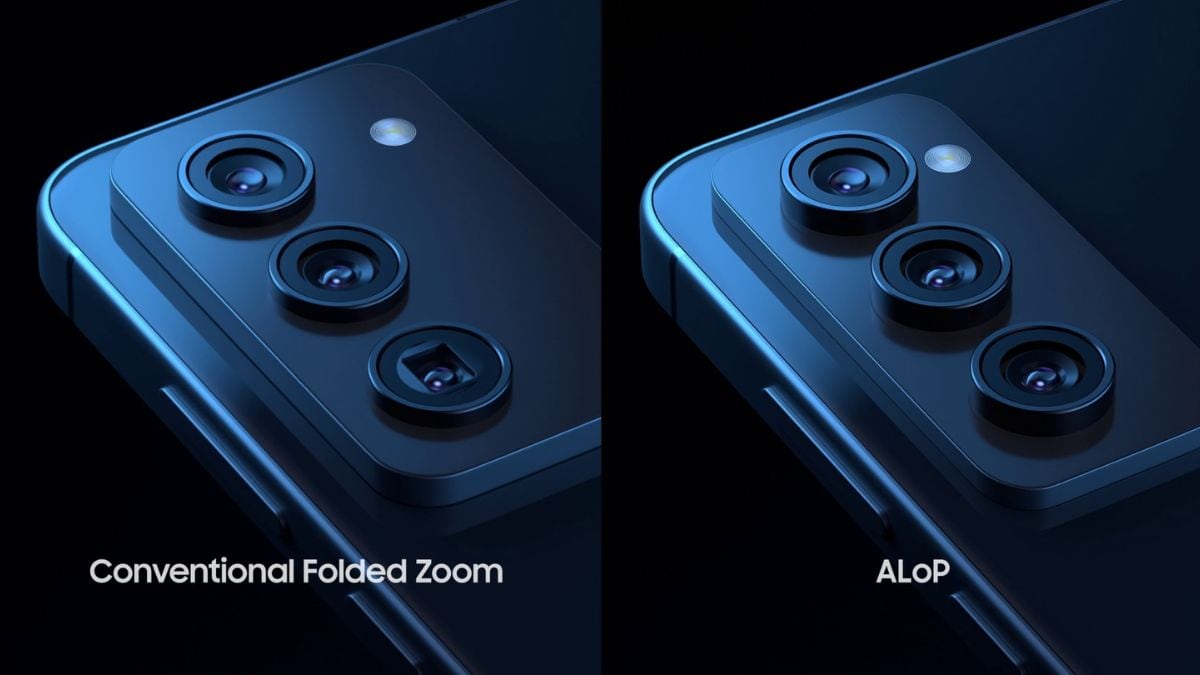Samsung has introduced a new camera technology which aims to revolutionize the smartphone market by eliminating chunky camera bumps while maintaining similar brightness levels. The technology, dubbed All Lenses on Prism (ALoP), has been developed by Samsung Semiconductor which employs a large set of telephoto lenses without having to incur the space they require. Samsung claims it as a future telephoto camera solution for capturing portrait photos in day and night situations without any change in the quality on smartphones with a compact camera module.
Samsung's ISOCELL ALoP Technology Explained
According to to Samsung, traditional camera units housing a telephoto sensor usually utilize a folded telephoto camera structure that uses a prism and has a lens set placed between the prism and image sensor. Its height determines the width of the camera bump due to the lenses standing vertically with respect to the plane of the smartphone's body.
However, this structure is said to bring limitations, especially when it comes to brightness improvements which may require a bigger lens that would potentially result in an even larger camera bump.
Samsung says its new ALoP technology mitigates this dilemma by placing the lenses horizontally upon the prism. It employs a 40-degree tilted prism reflection surface and a 10-degree tilted sensor assembly. This enables makers to increase the brightness levels by increasing the lens diameter and the related effective lens size (EPD) without affecting the shoulder height of the camera module. In essence, smartphones can have lenses with a larger aperture without increasing the camera bump size.
![]()
The new ALoP technology can reduce camera module length by 22 percent
Photo Credit: Samsung
ALoP Technology Benefits
The new lens technology can accommodate an f/2.58 lens aperture at a focal length of 80mm, Samsung said. In contrast with folded camera optics, ALoP places the lens ahead of the prism and can use larger apertures for low-noise portrait images in darker conditions.
The company also claimed that ALoP technology can lead to a reduction of up to 22 percent in the camera module length as compared to conventional folded camera optics. Courtesy of the tilted prism reflection surface and sensor assembly, the smartphone can have a slimmer body with a lower-profile camera unit at the rear.
The new ISOCELL technology is also claimed to improve aesthetics by ensuring that only circular lens shapes are visible instead of rectangular prism. And the effective reduction in size for large camera bumps, which makes the phone harder to use on flat surfaces, will lead to a sleeker, more ergonomic phone design, Samsung said.


